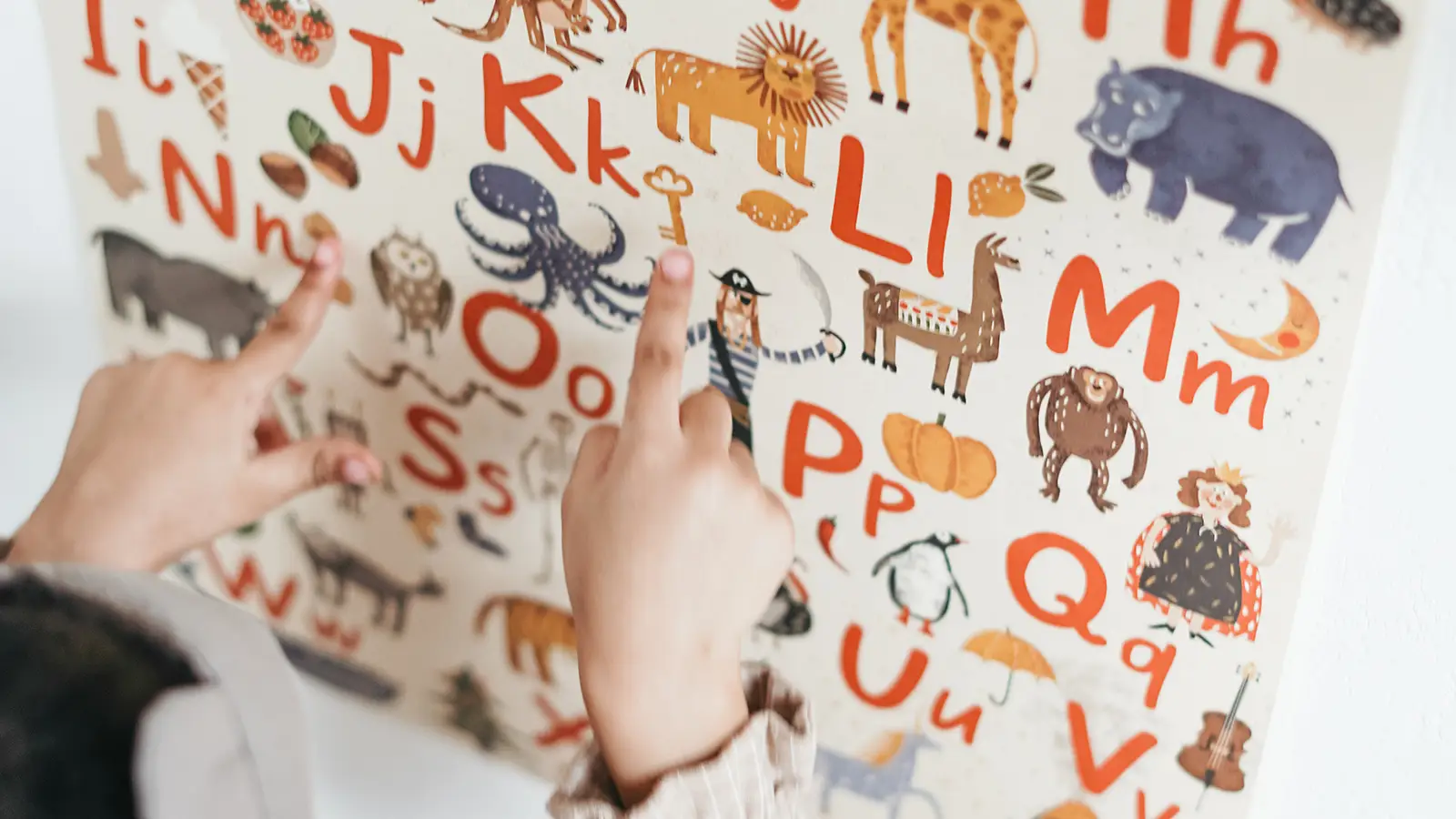Anything designed—a product, service, or system.

Designed products, services, and systems deserve careful inspection—it’s hard to live a day in modern society and not use something designed. In Things That Keep Us Busy: The Elements of Interaction (2017), Lars-Erik Janlert and Erik Stolterman gave designed outcomes their moment in the spotlight as “objects.” Objects were explored independently—not as things that are just related to other things or activities. Janlert and Stolterman referred to any design outcome as an object—a distinction that removes designed things from roles like “problem-solving” or “money-making,” emphasizing that objects are worth examining in their own right.
When designed outcomes are allowed to be themselves, we can discover fascinating details that reveal their impacts, inner workings, and how we can design them more effectively. After all, the universe is comprised mostly of objects—Saturn, a Canadian Hemlock, a coffee cup—all objects (Harman, 2016). By reducing design to objects, much like how LaTour reduces all things into Actants in his Actor Network Theory, we may back away from the mess of objects and see the connections between them. We may see the constellations and how each designed outcome relates to another.
Products, services, and systems are artificial—made by someone or something for a purpose (Simon, 1996). These objects exist in contexts, and they are used by people. Sometimes these objects work perfectly for the people we intend. Sometimes they just create more problems. As design outcomes have become more and more a part of daily life, learning their effects can help designers understand how they affect people and the environment.
Characteristics
What is the look and feel of the design? What is its style? Does it feel like Steampunk or Martha’s Vineyard? Does it sound like “heavy metal” or “natural escape”? Characteristics are what develop a design outcome’s character, informed by its style and composition.
Dynamics
How does the design behave? Does an app smoothly scroll? What are the steps, mechanisms, and processes involved in using a service? These can change depending on circumstances. For example, a bicycle may behave differently on wet roads than on dry roads. For objects, behaviors are the outcomes of use—the act of using design. When design objects are used in different ways by different people, and in different contexts, they behave differently.
Though they are inanimate and artificial, designs can behave differently depending on the setting they inhabit. If it’s raining outside, a paper poster will melt when a plastic-coated poster would stand up to the rain just fine. Descriptions of design behaviors are pretty straightforward—simply describe what the object is doing. When products, services, and systems are used, designers discover how designed outcomes can be improved or applied in new ways.
Interaction
Design outcomes exist to be used. When someone orders a blood test, reads a package of burritos, shouts through a bullhorn, or uses an e-reader, they interact with a design. These interactions reveal ways design outcomes are intuitive and helpful for completing activities, and they sometimes reveal frustrations and breakdowns in design. Examining products, services, and systems through interactions helps designers better understand the user experience.